
Photo EssaySlideshow: A Look Inside The Kakuma Refugee Camp
Shamafosa from the Congo had a story that shook me. She had risked her life to leave Uganda with her 3 children, crossing the dangerous waters of Lake Albert, one of the African Great Lakes. Image by Lior Sperandeo
Photo EssaySlideshow: A Look Inside The Kakuma Refugee Camp
Getting to the Kakuma Refugee Camp isn’t easy. Once your visit is approved, you board a special UN commissioned flight from Nairobi to the hot and arid desert where the refugee camp is located.
I was invited to Kakuma by IsraAID, an Israel-based humanitarian aid agency that responds to emergency crises and engages in international development around the world. IsraAID has been operating in Kakuma since 2014, focusing on building local capacity to provide adequate medical care, improve community protection, increase access to daily necessities and improve overall living conditions.
Covering IsraAID’s mobile dental clinic was inspiring, but I wanted to look beyond the humanitarian work. I wanted to get to know the humans of Kakuma.
Read the rest of the story here.
1 / 13
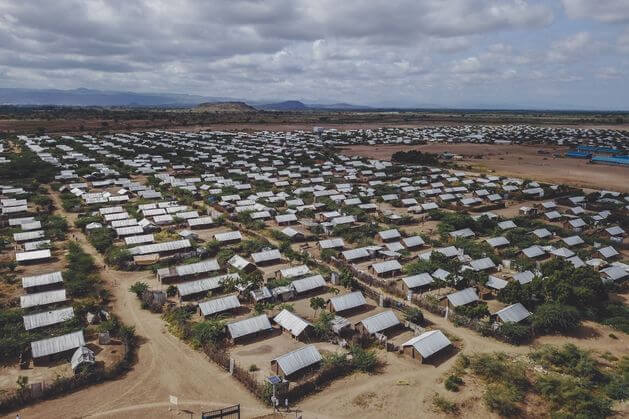
A view of the Kakuma Refugee camp in Northwestern Kenya Photo by Lior Sperandeo
2 / 13
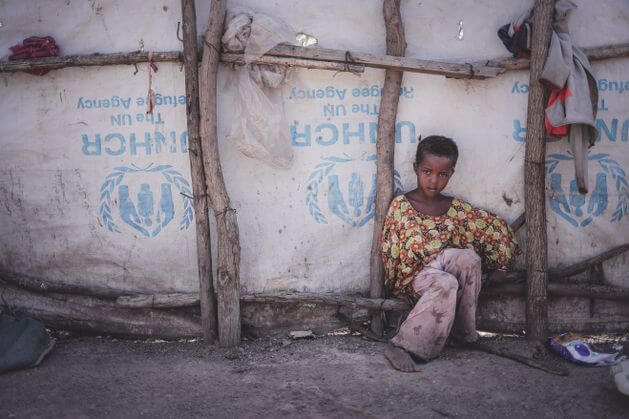
Photo by Lior Sperandeo
3 / 13

Photo by Lior Sperandeo
4 / 13
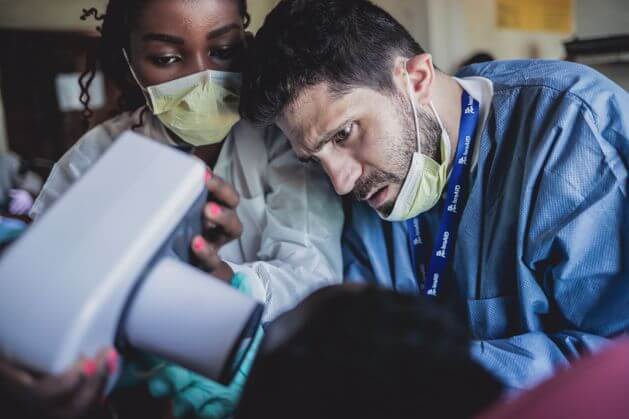
Photo by Lior Sperandeo
5 / 13
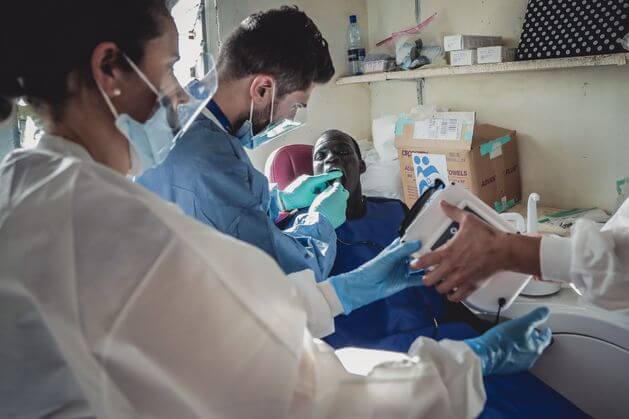
Dr. Lior Tamir is an Israeli-American dentist. Together with a delegation of his colleagues, he provides urgent dental care to Kakuma’s ever-growing population of refugees. Photo by Lior Sperandeo
6 / 13
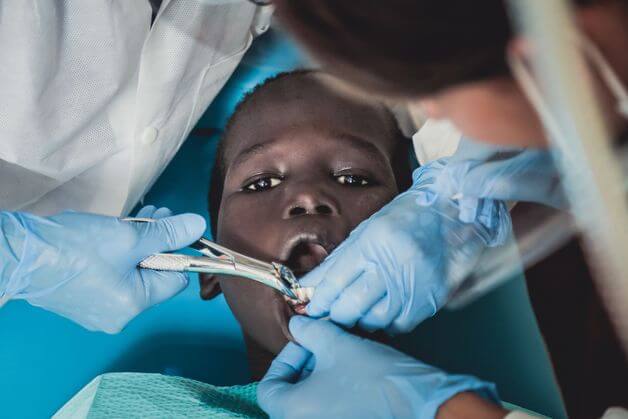
Photo by Lior Sperandeo
7 / 13
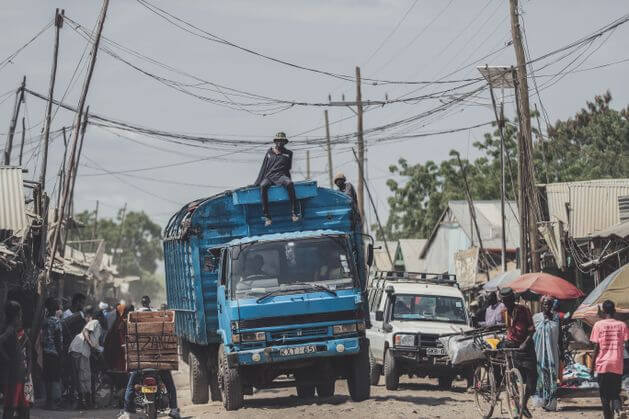
Photo by Lior Sperandeo
8 / 13
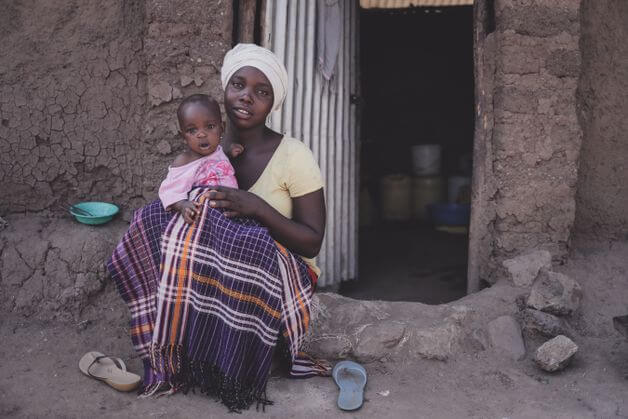
Anneta from Burundi arrived at the camp in 2014, together with her parents. They had fled the Burundian unrest after several years of inter-ethnic strife. Photo by Lior Sperandeo
9 / 13
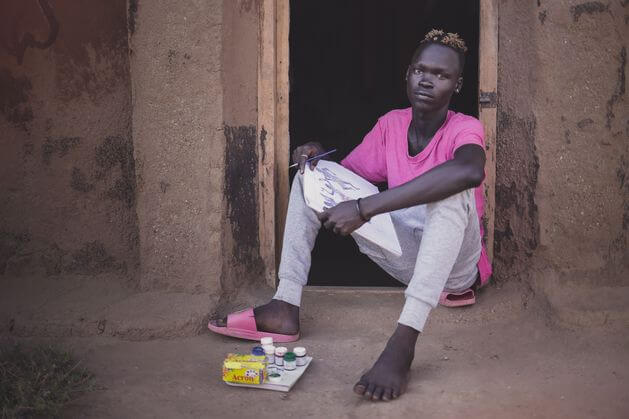
Tenda is an artist from South Sudan who arrived at the camp in 2013 with his brother. When the brutal South Sudanese civil war broke out, Tenda and his brother ran for their lives — surviving a treacherous 3 months walking to the Kenyan border. Photo by Lior Sperandeo
10 / 13
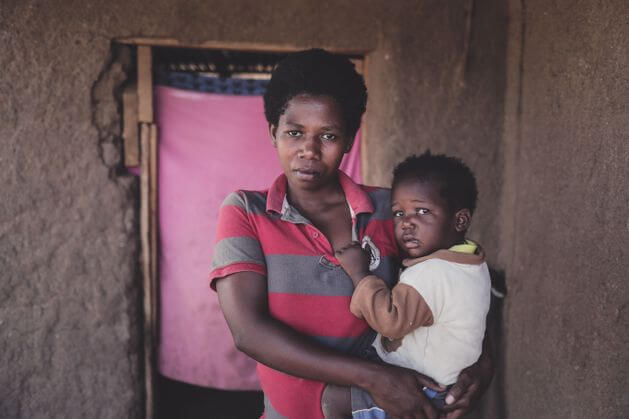
Shamafosa from the Congo had a story that shook me. She had risked her life to leave Uganda with her 3 children, crossing the dangerous waters of Lake Albert, one of the African Great Lakes. Photo by Lior Sperandeo
11 / 13
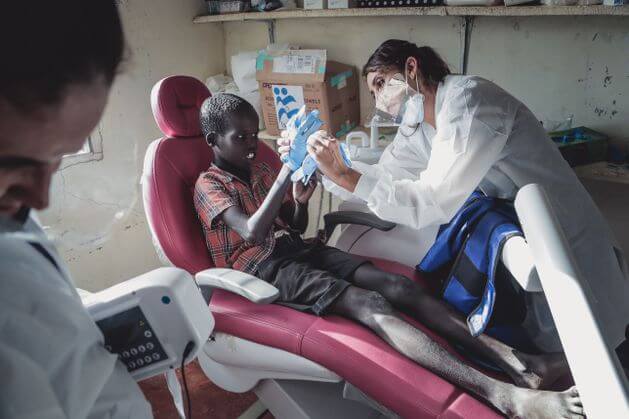
Photo by Lior Sperandeo
12 / 13
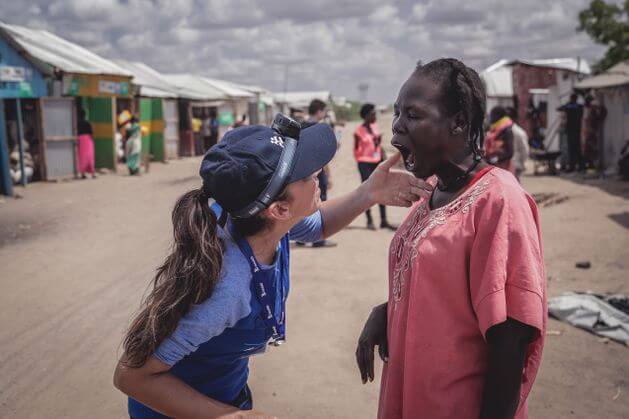
Photo by Lior Sperandeo
13 / 13
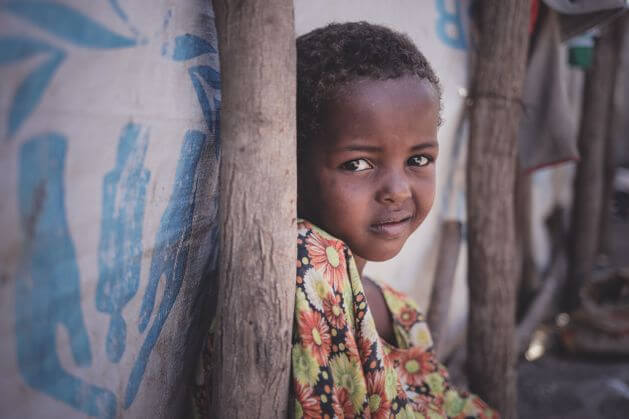
Photo by Lior Sperandeo

















